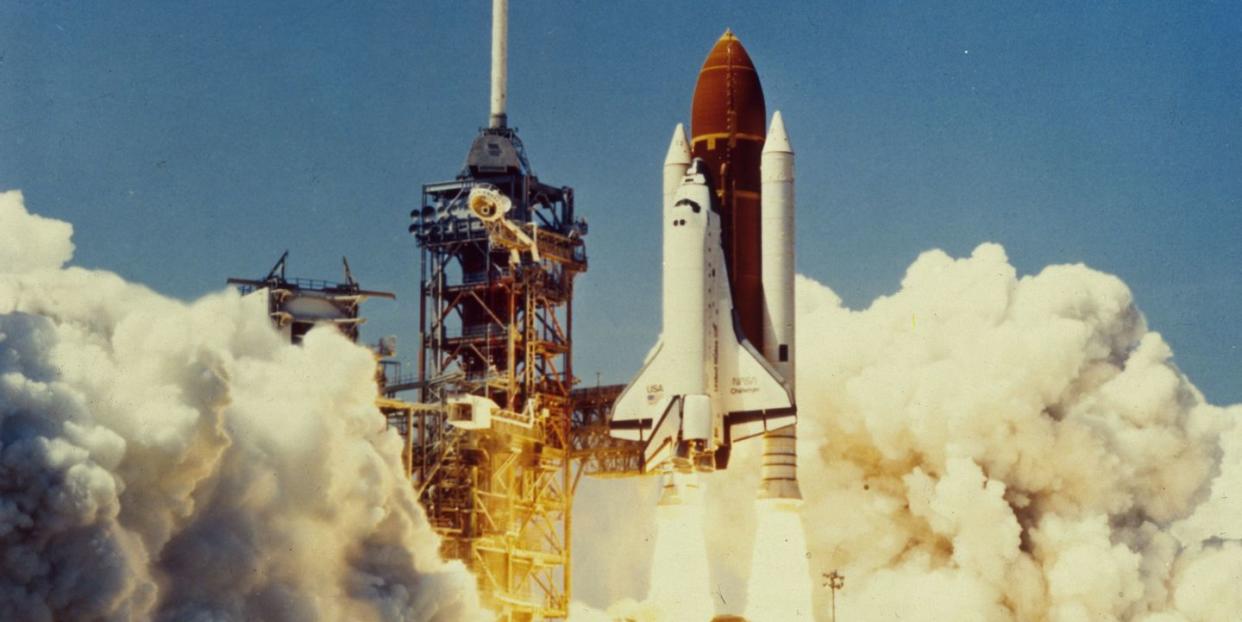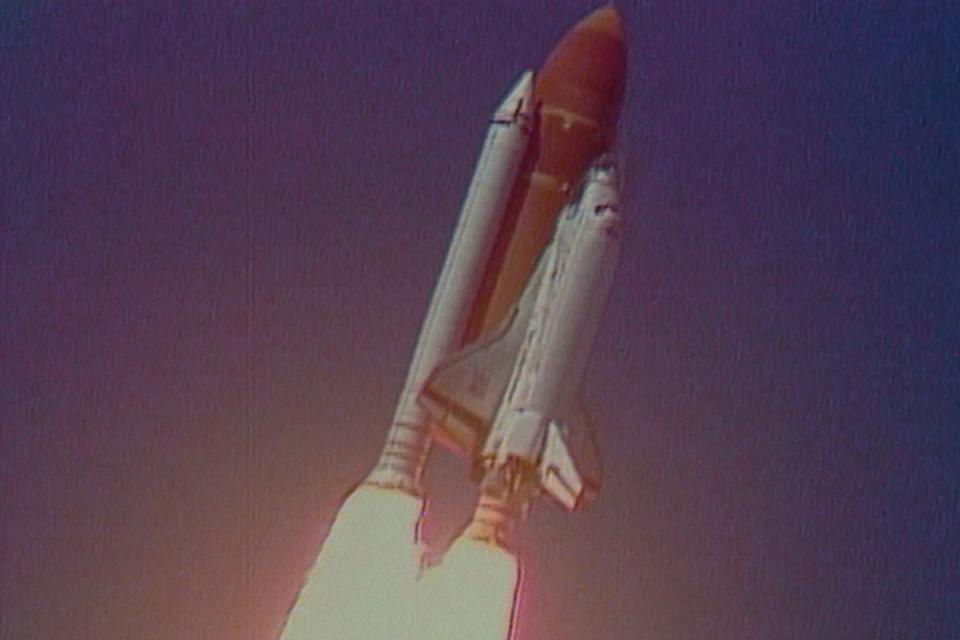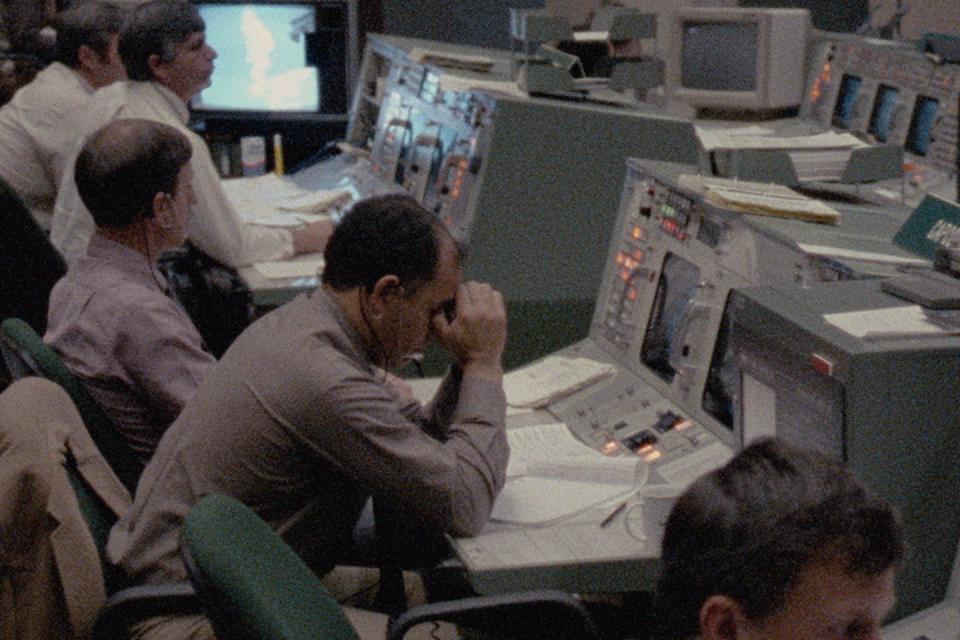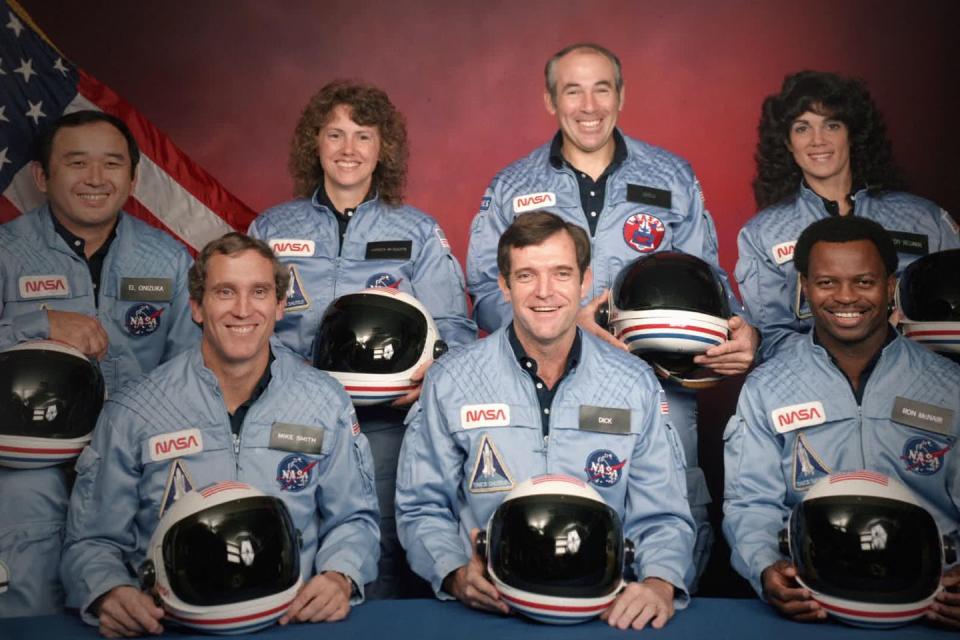The Design Flaw That Caused the 1986 Challenger Disaster

The purpose of the January 28, 1986 Challenger flight, STS-51-L, was to launch the first Teacher in Space Project while also observing Halley's Comet for six days.
Unfortunately, a structural failure led to the spacecraft's disintegration just 73 seconds after its launch at the Kennedy Space Center, killing all seven crew members on board.
Netflix will explore the Challenger disaster in a newly released docuseries.
The 1986 Space Shuttle Challenger disaster was a shocking tragedy, and it was made all the more devastating due to the fact that the spacecraft's disintegration was broadcast on live TV. The incident forever changed the way NASA operated its space shuttle program. Now, Netflix is examining the events leading up to and after the disaster in a new four-part docuseries, Challenger: The Final Flight. The series will include rare archival footage and interviews with former NASA officials, engineers, and the crew's surviving family members.
And while the disaster has remained ingrained in the public's mind for the 34 years since it occurred, many still don't know what exactly caused the incident. Here's what you need to know about the 1986 Challenger disaster.
What caused the Space Shuttle Challenger accident in 1986?
The Challenger accident was caused by a design flaw in the spacecraft's O-rings, which are mechanical gaskets that are designed to be seated in a groove and then compressed in between two surfaces, creating a seal at the interface. That seal helps to prevent liquids or gases from escaping. The morning of the 1986 space flight was much colder than previous Challenger launches, and the primary O-ring became cold and hard and couldn't seal properly.

Structural failure occurred when pressurized burning gas from the solid rocket motor reached the external fuel tank, which then disintegrated, leading to Challenger being ripped apart. (Many outlets at the time incorrectly reported that the craft had exploded.) The cabin that the crew was inside remained intact throughout the craft's disintegration, but two minutes and forty-five seconds after breakup, the cabin hit the ocean surface at about 207 mph, which was "far in excess of the structural limits of the crew compartment or crew survivability levels," as this archived version of the report on the deaths of the crew explains.
Could the Challenger disaster have been prevented?
Sadly, it was known that O-rings could fail. In fact, Allan McDonald, former director of the Space Shuttle Solid Rocket Motor Project for Morton-Thiokol, the contractor behind the design of the O-rings, had previously raised concerns that the below-freezing temperatures could negatively impact the integrity of the rockets' O-rings.
Engineer Bob Ebeling also voiced his concerns about the O-rings, and prior to the failed launch, he and a group of engineers held a meeting with NASA managers from Kennedy Space Center and Marshall Space Flight Center where they told NASA to postpone the flight. NASA reportedly brushed off his fears, and while Thiokol's management team initially backed their engineers, they later reversed course and told NASA to proceed with the launch.

"NASA ruled the launch," Ebeling told United Press International in 2016. "They had their mind set on going up and proving to the world they were right and they knew what they were doing. But they didn't." The night before the launch, Ebeling told his wife that Challenger would blow up.
After the disaster, The Rogers Commission was created to investigate and determine the cause of Space Shuttle Challenger disaster. The Commission later found out that NASA managers had known about the faulty design of the O-rings since 1977—but they never did anything about it. The report also made note of the flawed internal structural of NASA: "That testimony reveals failures in communication that resulted in a decision to launch 51-L [the 1986 Challenger flight] based on incomplete and sometimes misleading information, a conflict between engineering data and management judgments, and a NASA management structure that permitted internal flight safety problems to bypass key Shuttle managers.
How did the Challenger disaster change NASA?
The Challenger disaster grounded NASA's space shuttle program for about three years, but some key changes were made once it restarted. Technical changes were made to the shuttle, and NASA worked to change its workforce culture to become more transparent. The shuttle program resumed on September 29, 1988 with Space Shuttle Discovery.

In 1986, The friends and families of the Challenger crew established the Challenger Center for Space Science Education to honor their loved ones in 1986, and the non-profit works to spread STEM education to students worldwide.
You Might Also Like

